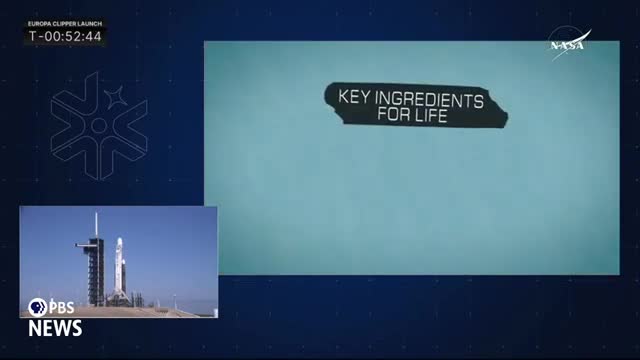NASA's Europa Clipper set to unlock moon's secrets
This article was created by AI summarizing key points discussed. AI makes mistakes, so for full details and context, please refer to the video of the full meeting. Please report any errors so we can fix them. Report an error »

In a groundbreaking announcement, NASA officials revealed plans for the Europa Clipper mission, set to launch in approximately five and a half years. This mission marks the first time a spacecraft will be dedicated solely to studying Europa, one of Jupiter's moons, which is believed to harbor a subsurface ocean beneath its icy crust.
The Europa Clipper aims to explore three primary areas: the moon's ice and ocean, the chemical composition of its surface, and its geological activity. While the mission is not explicitly designed to search for life, it will assess Europa's potential habitability, a crucial aspect given the moon's unique environment.
Jupiter's intense radiation poses significant challenges for the spacecraft. The mission team explained that Europa is situated in a particularly hazardous region of Jupiter's magnetosphere, where charged particles bombard the moon and any spacecraft in proximity. To mitigate this risk, the Europa Clipper will employ two protective strategies. First, it will minimize its time spent in the most dangerous areas by orbiting Jupiter and conducting flybys of Europa. Second, the spacecraft will feature an electronics vault constructed from a third of an inch of aluminum to shield sensitive equipment from radiation exposure.
During each flyby, the spacecraft will experience radiation levels equivalent to one million chest X-rays, underscoring the mission's complexity. The journey to Jupiter will include gravity-assist flybys of Mars and Earth, enhancing the spacecraft's trajectory and efficiency.
As the mission progresses, scientists hope to gain invaluable insights into Europa's potential for supporting life, furthering our understanding of the solar system's icy worlds.
The Europa Clipper aims to explore three primary areas: the moon's ice and ocean, the chemical composition of its surface, and its geological activity. While the mission is not explicitly designed to search for life, it will assess Europa's potential habitability, a crucial aspect given the moon's unique environment.
Jupiter's intense radiation poses significant challenges for the spacecraft. The mission team explained that Europa is situated in a particularly hazardous region of Jupiter's magnetosphere, where charged particles bombard the moon and any spacecraft in proximity. To mitigate this risk, the Europa Clipper will employ two protective strategies. First, it will minimize its time spent in the most dangerous areas by orbiting Jupiter and conducting flybys of Europa. Second, the spacecraft will feature an electronics vault constructed from a third of an inch of aluminum to shield sensitive equipment from radiation exposure.
During each flyby, the spacecraft will experience radiation levels equivalent to one million chest X-rays, underscoring the mission's complexity. The journey to Jupiter will include gravity-assist flybys of Mars and Earth, enhancing the spacecraft's trajectory and efficiency.
As the mission progresses, scientists hope to gain invaluable insights into Europa's potential for supporting life, furthering our understanding of the solar system's icy worlds.
View full meeting
This article is based on a recent meeting—watch the full video and explore the complete transcript for deeper insights into the discussion.
View full meeting